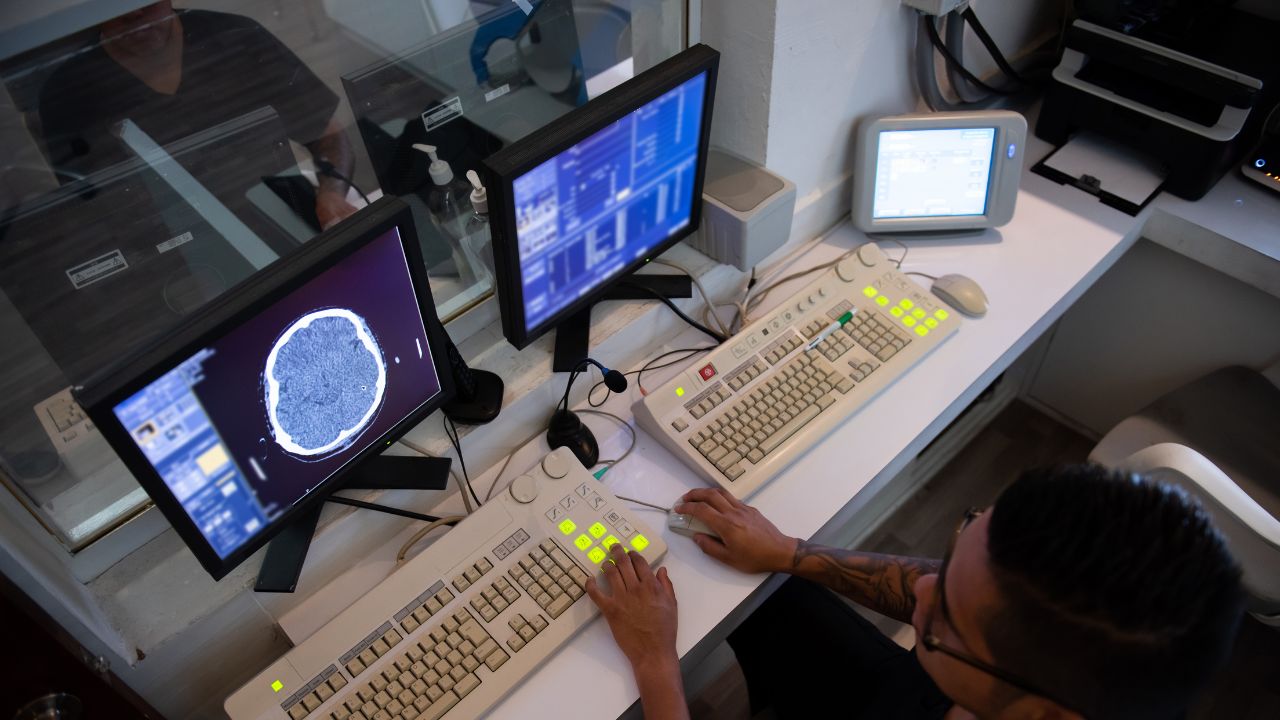Regional Center Investments, particularly under the EB-5 Immigrant Investor Program, have become a popular avenue for foreign investors seeking U.S. residency. These projects often focus on creating jobs, with a specific emphasis on the direct employment of U.S. workers.
Beyond direct employment, the creation of indirect jobs plays a critical but sometimes overlooked role in these investments. Indirect jobs, positions generated in sectors that support or are influenced by the main project, have significant economic implications, contributing to regional development, stimulating local economies, and enhancing the success of the investment.
Understanding the dynamics of the creation of indirect jobs is important for investors, policymakers, and communities alike.
Understanding Indirect Jobs
Indirect jobs are positions created as a secondary effect of investment projects. Unlike direct jobs, which involve employees working directly for the investor-funded enterprise, indirect jobs emerge in ancillary industries that provide goods and services to support the main project.
If a regional center investment involves constructing a hotel, direct jobs include construction workers, managers, and staff, whereas indirect jobs might include suppliers, maintenance services, and local transportation providers. The ripple effect of these jobs extends beyond the initial investment, highlighting the broader economic contribution of regional center projects.
Attracting Investors Through Job Potential
Investors are often drawn to regional center projects for potential financial returns and for the opportunity to meet EB-5 job creation requirements. Highlighting indirect job creation enhances the appeal of a project, as it demonstrates a higher total employment impact. By clearly articulating the number and types of indirect jobs anticipated, regional centers provide investors with a more comprehensive understanding of the project’s influence on the local economy.
This transparency can be a deciding factor for investors evaluating multiple opportunities. Projects that effectively showcase their potential to generate jobs tend to attract greater investor confidence and secure funding more efficiently.
Supporting Local Communities
Indirect jobs play a pivotal role in supporting local communities. By generating employment opportunities in related sectors, regional center projects help stabilize regional labor markets and create pathways for skills development.
For example, a manufacturing-focused investment might indirectly benefit logistics, retail, and service sectors, employing individuals who may not have qualifications for direct project roles. This inclusivity fosters economic resilience and ensures that the benefits of investment reach a broader segment of the population.
Measuring the Impact of Indirect Jobs
Quantifying the creation of indirect jobs requires sophisticated economic modeling, such as input-output analysis, which evaluates how spending in one sector generates activity in others. Regional centers often employ these models to meet EB-5 program requirements, ensuring that their projects create the necessary number of jobs to satisfy program regulations.
By including indirect jobs in their calculations, regional centers demonstrate a wider economic impact, making projects more attractive to investors and regulators. This approach emphasizes that the benefits of investment extend far beyond the immediate workforce.
The Economic Multiplier Effect
Indirect jobs illustrate the economic multiplier effect, the concept that initial spending generates additional economic activity. When a regional center project hires local contractors or purchases materials from regional suppliers, it stimulates employment in those sectors. These employees then spend their earnings on local goods and services, further expanding the economic footprint.
This cascading effect fosters local business growth, increases tax revenues, and strengthens the regional economy, showcasing how creating indirect jobs can magnify the benefits of investment far beyond initial projections. This chain reaction enhances short-term economic performance and builds a more resilient and diversified local economy capable of withstanding future challenges.
Encouraging Long-Term Economic Development
The creation of indirect jobs contributes to long-term economic development by promoting sustainable growth. When regional center projects stimulate ancillary industries, they encourage the development of supply chains, infrastructure, and supporting services that continue to benefit the community long after the initial investment phase.
Indirect employment fosters a self-sustaining ecosystem, where multiple sectors thrive simultaneously, creating stability and encouraging future investment in the region. This long-term perspective aligns with policymakers’ goals of promoting comprehensive regional growth. The sustained presence of indirect jobs ensures that economic prosperity endures well beyond the lifespan of individual projects, securing continuous progress for local communities.
Regulatory Considerations and Compliance
Creating Indirect jobs is subject to regulatory scrutiny. Regional centers must ensure that job projections, including direct and indirect positions, comply with EB-5 program requirements. Accurate reporting and verification are crucial for maintaining program integrity and investor confidence.
Economic consultants often assist regional centers in modeling and documenting, creating indirect jobs to meet these standards. By effectively managing compliance, regional centers strengthen their credibility, reduce legal risk, and demonstrate their commitment to genuine economic development.
Challenges in Accounting for Indirect Jobs
Despite their importance, indirect jobs can be challenging to quantify and monitor. Unlike direct employment, which can be easily verified through payroll records, indirect jobs rely on broader economic assumptions and modeling techniques.
Fluctuations in local markets, supply chain disruptions, and changes in consumer behavior can affect the accuracy of job estimates. Regional centers must employ rigorous methods and continuously update projections to maintain realistic assessments. Recognizing these challenges underscores the need for transparency and robust economic planning.
Successful Creation of Indirect Jobs
Several regional center projects provide clear examples of the benefits of creating indirect jobs. Large-scale hospitality and tourism investments often report that the majority of jobs generated are indirect, supporting suppliers, maintenance companies, and transportation services. Infrastructure projects, such as industrial parks or energy facilities, create extensive indirect employment in related sectors, including logistics, retail, and local service industries.
These case studies highlight how strategic planning can maximize the economic benefits of regional center investments, reinforcing the importance of considering indirect employment in project design.

Indirect jobs are a vital component of regional center investments, reflecting the broader economic impact of these projects on communities and regional development. They illustrate how investments extend beyond direct employment, stimulating ancillary sectors and fostering sustainable growth.
For investors, understanding the role of indirect jobs enhances project evaluation, while policymakers can leverage these insights to encourage comprehensive economic development. As regional centers continue to evolve and expand, the careful consideration of indirect employment will remain a key factor in achieving long-term success and meaningful community benefits.








